Moroccan Berber and Beni Ourain Rugs: An interior trend that will never pass
The Beni Ourain rugs are renowned for their beauty, comfort and extreme luxury that few other rugs can match. They are known for their high quality wool, including naturally dyed darker interwined wool, and their natural white and ivory tones. Every rug bears the markings and personality of the person who made it and for this reason each piece is truly unique.
The Beni Ourain rug has a rectangular form and is composed of black and brown asymmetric patterns of diamonds, lines and triangles, in an off-white, cream background. Most of these carpets will not have a border and some might have a fringe while others will not (some might have a fringe on one end only). The rugs can last for a lifetime if not more.
How did they start?
The Moroccan Beni Ourain rugs originated from the tribal Berber populations of Morocco, dating back several millennia. The Berber tribes are a group of semi-nomadic people, primarily shepherds and goatherds, who resided in the high Atlas Mountains of Morocco (and many still do although some have moved down to the lowlands to farm). The Atlas Mountains are home to some of the most austere temperatures in Africa in the winter and the rugs were originally created with no decorative purpose at all but rather as a way for the tribes to insulate themselves from the extreme cold.
How are they made?
The rugs are made entirely of pure sheep's wool of the highest quality as the sheep have prospered and developed a thicker coat in the colder, higher elevations and the Berber tribes selected only the softest and silkiest wool over a period of harvesting that could go on for several years. Given their isolated existence the Beni Ourain tribes have never been influenced by the Arab-eastern designs and instead drew on personal experiences for creative inspiration. Primarily produced by women, natural events such as birth, fertility, nature, rural life and spirituality were often used as the basis for their designs. Not following any strict pattern, each rug is truly unique and an embodiment of the experiences and interpretations of the artisan who made it.
Why have the Moroccan Berber and Beni Ourain stood the test of time?
Despite drawing on traditional techniques, that have been around for hundreds of years, the neutral colours and abstract designs of the Moroccan Berber rugs make them a style staple for any interior. The tribal graphics match up extremely well with contemporary spaces with their minimalist qualities. They have been celebrated by some of the greatest mid-century modern designers such as Alvar Aalto, Le Corbusier, Arne Jacobsen as the epitome of warmth and luxury.
Interesting fact
The term "Berber" was first used centuries ago by foreigners and is a variation of the Greek word "barbaros". Interestingly, the term was used to describe anyone who didn’t speak Greek! It was never intended to offend - unlike the modern day term that is used to describe an uncivilised group of people. Nowadays Berbers proudly call themselves "amazigh", "tamazight" or "imazighen", meaning ‘free men’ or ‘noble people.’
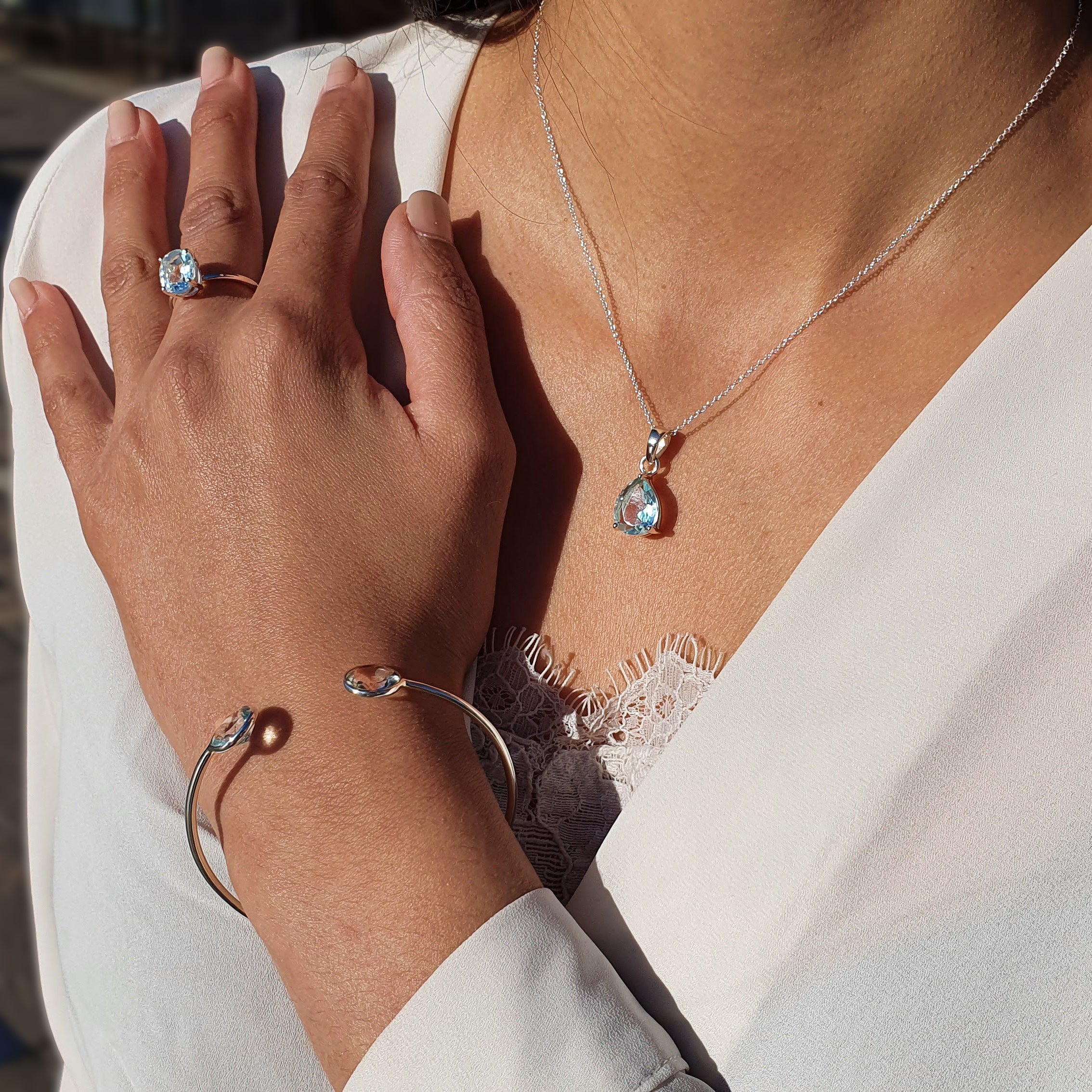
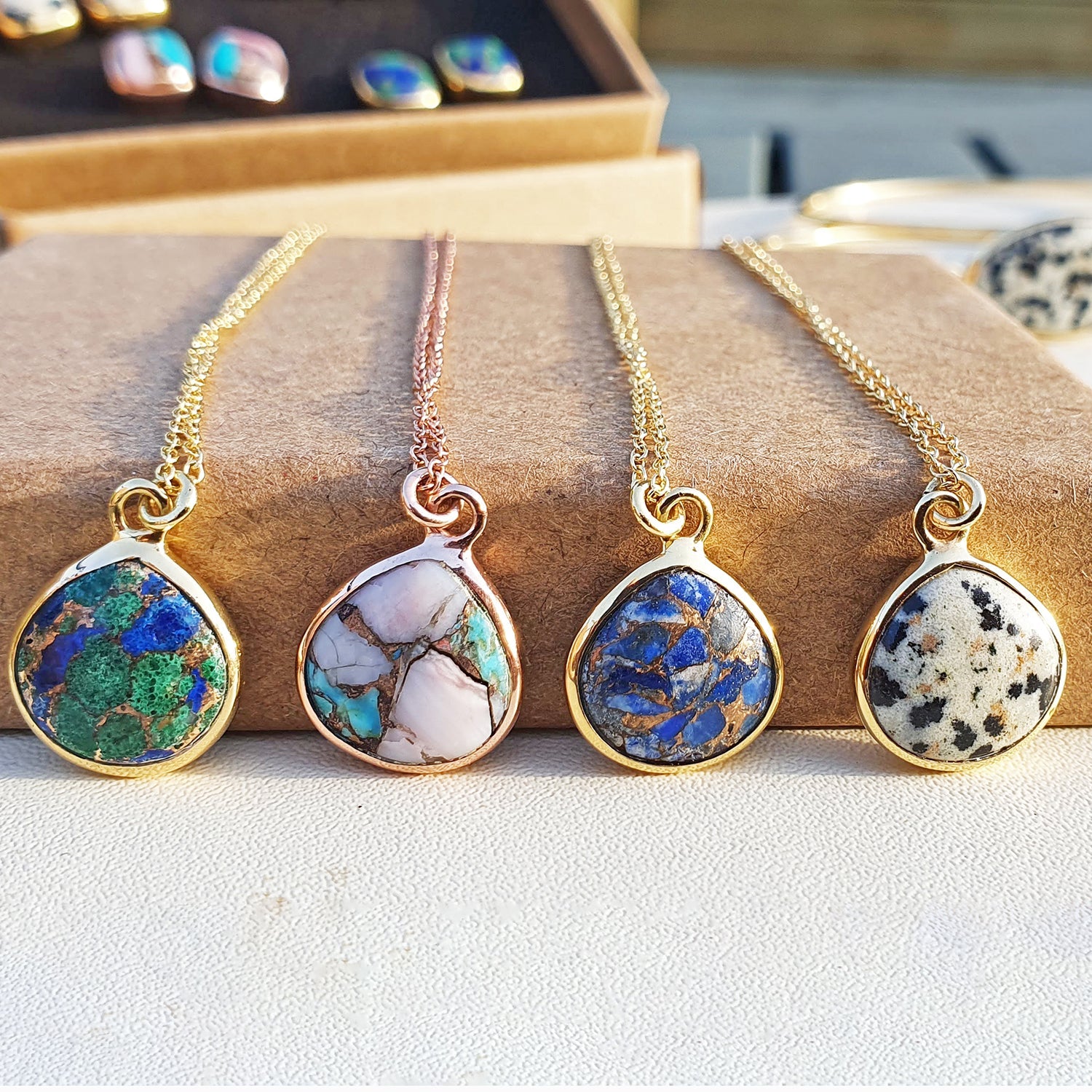
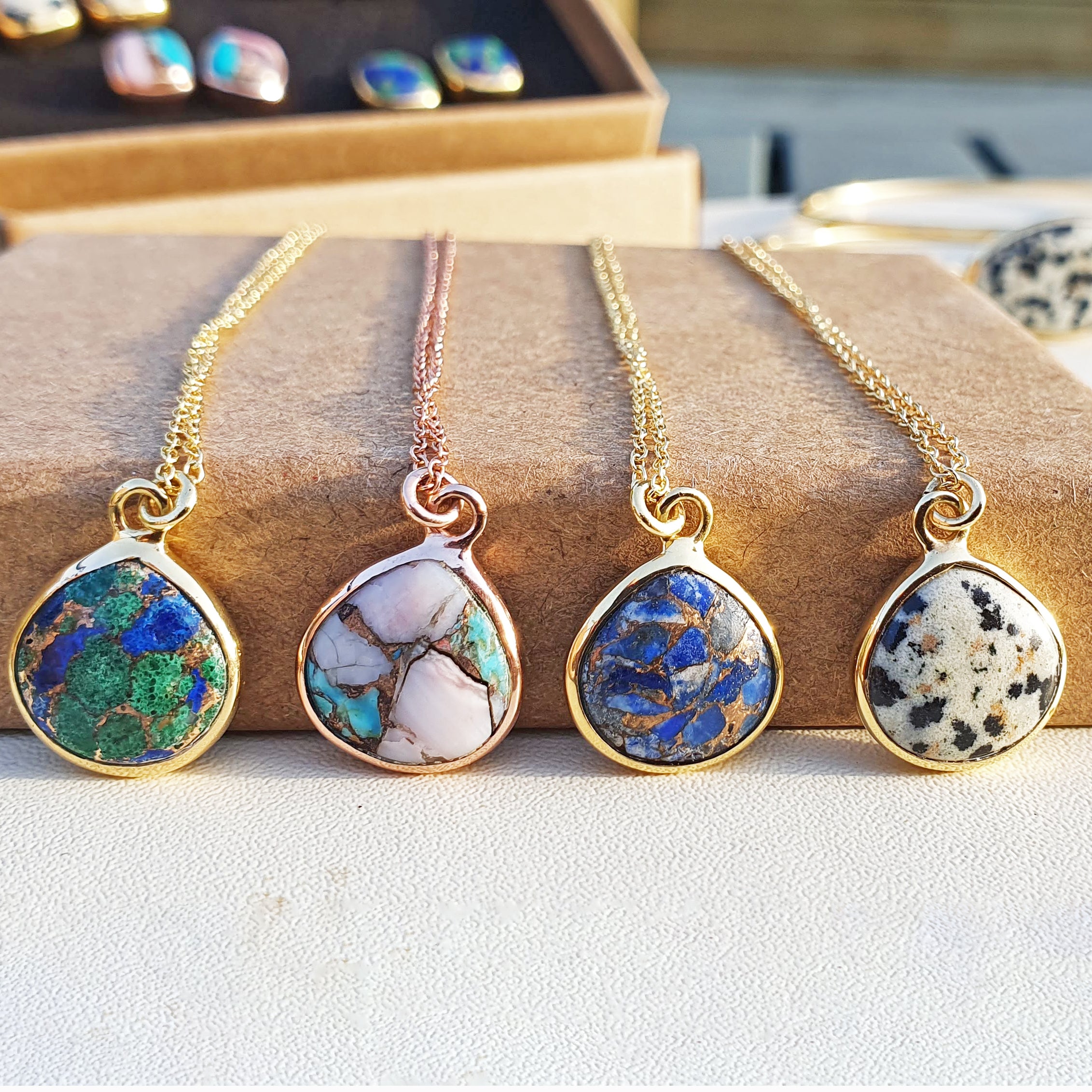
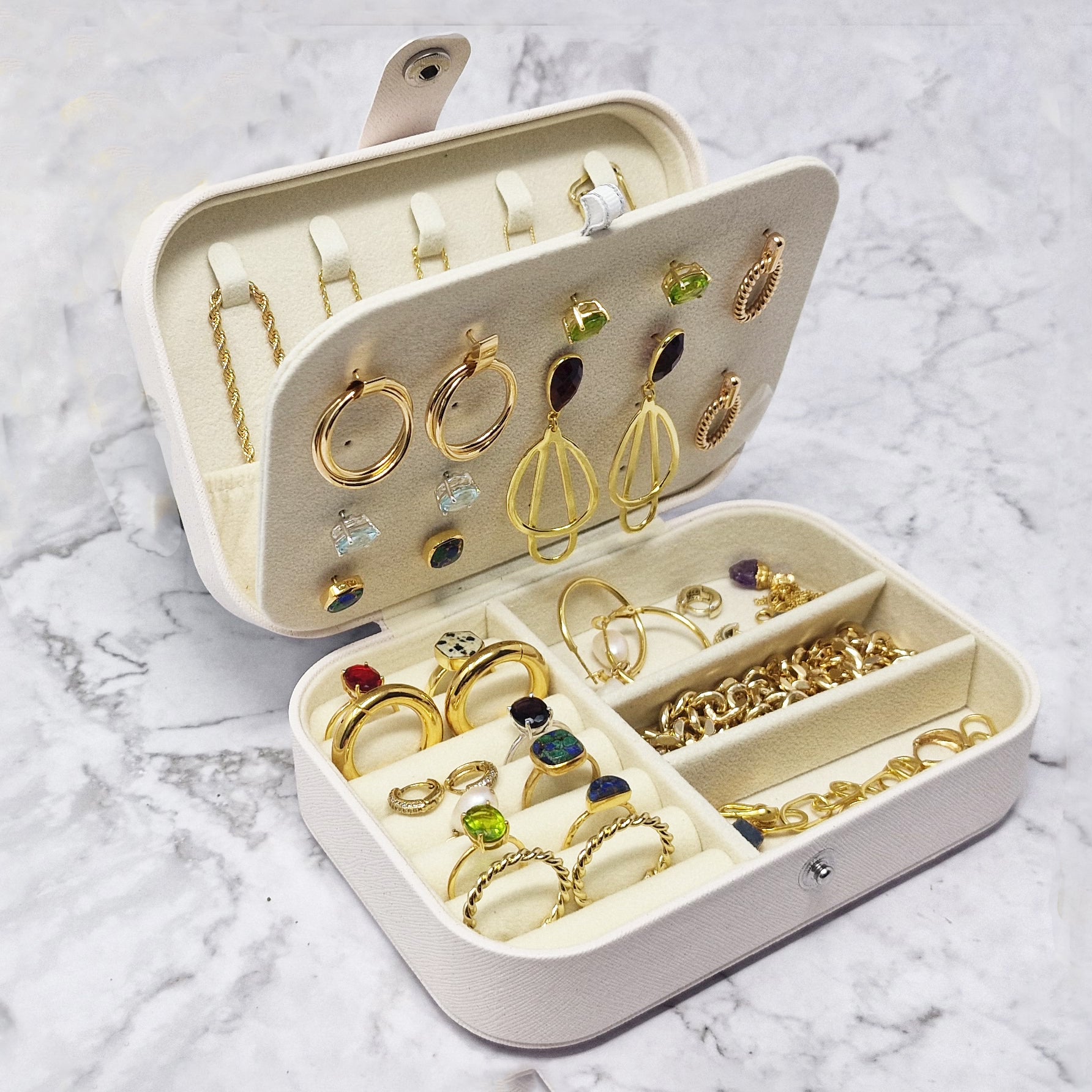
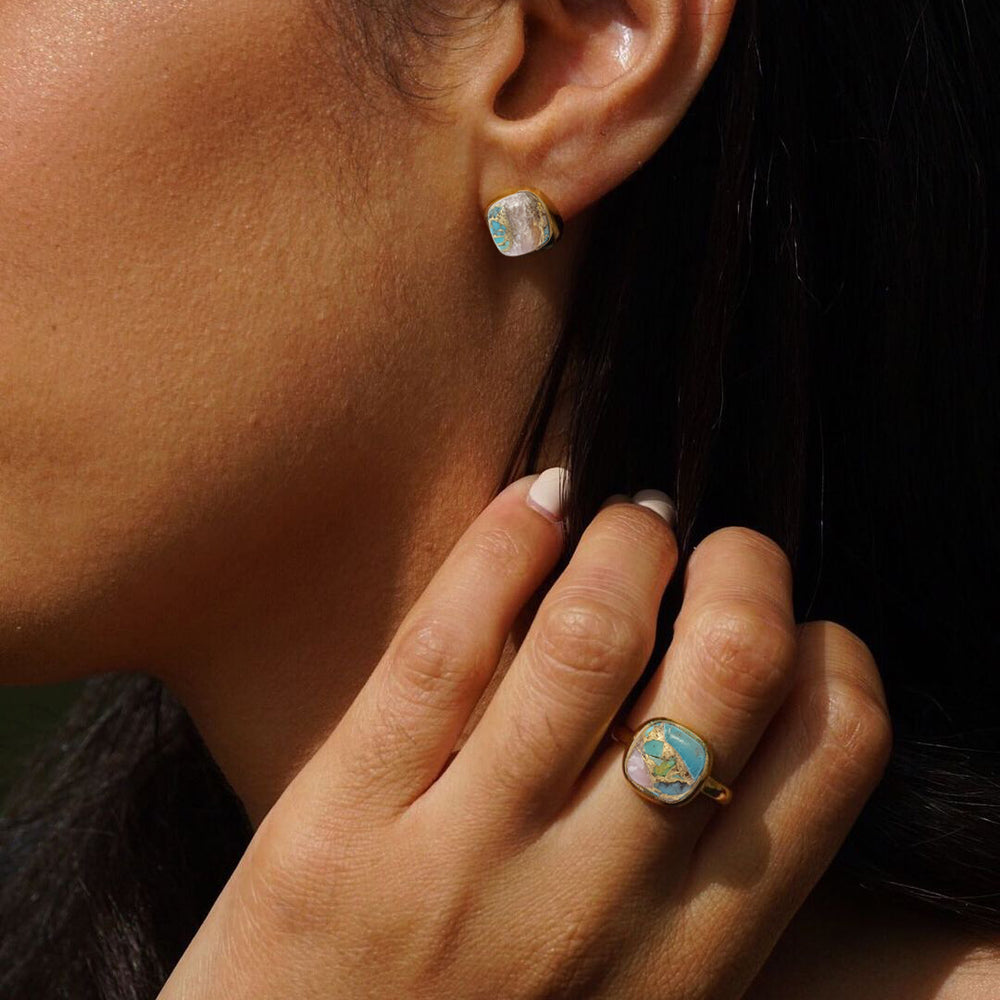





Looking fo 8 × 10 Berber rug how much
Leave a comment